Planetary Astronomy
Observing, imaging and studying the planets
Contents
With Planetary Astronomy you will learn to:
- Make the best use of your equipment: choosing an instrument, setting correctly the optics of the telescope, setting the camera, using planetary filters, train your eye to see all possible details at the eyepiece
- Anticipate weather and seeing conditions, not to lose any good night
- Use in depth the best planetary softwares: Autostakkert!, Registax, and WinJupos, how to objectively process details and colors
- Identify features on planets: each of the seven planets (but Earth of course) has a detailed chapter that will help you to anticipate cycles of activity on Jupiter, recognize dust storms on Mars, detect bright storms on Uranus or Neptune
- Analyse your data to go beyond simple observations: measuring position and details drifting on planets, making cartographies, participate to advanced observing projects including cooperation with scientists.
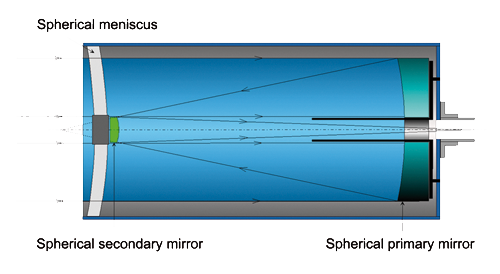
1. Telescopes for planetary observation
1.1. Introduction
1.2. Best aperture for a planetary telescope?
1.3. Quality standard for high resolution optics
1.4. Effect of central obstruction
1.5. Telescopes for planetary observations
1.6. Diffraction by the secondary mirror spider
1.7. Examples of telescopes optimized for planetary observations
Notes: Chapter 1

2. Visual Observation & Drawing
2.1. Why observe with your eyes?
2.2. Improve your vision
2.3. Drawing
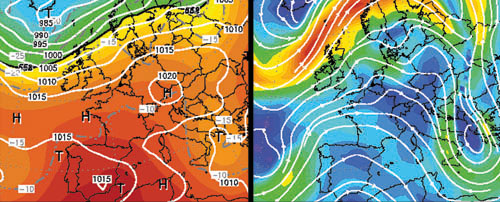
3. Observing Conditions
3.1. What is turbulence?
3.2. Local turbulence and the choice of an observing site
3.3. Dome and shelter turbulence
3.4. Instrument turbulence
3.5. Forecasting Seeing
Notes: Chapter 3
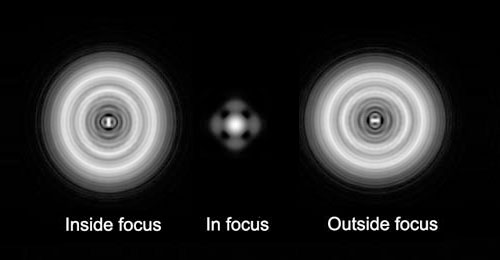
4. Getting equipment ready for high resolution
4.1. Tuning the telescope’s optics for high resolution
4.2. High resolution planetary imaging
4.3. Determining the best focal length for Imaging
Notes: Chapter 4
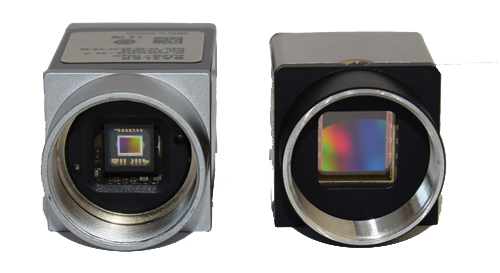
5. Image Acquisition
5.1. Introduction
5.2. Focussing
5.3. Cameras
5.4. Camera settings
5.5. Acquiring the images
5.6. Appendix
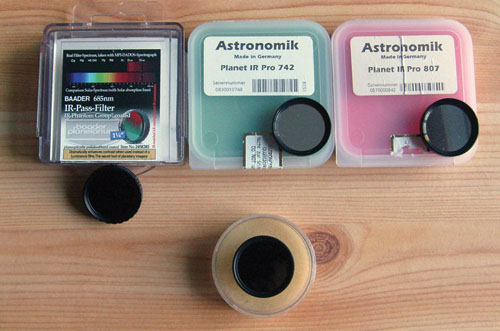
6. Filters in digital planetary imaging
6.1. Essential concepts
6.2. Red trichromatic filters
6.3. Infrared filters
6.4. High pass red filter (or « R+IR »)
6.5. Blue trichromatic filters
6.6. Ultraviolet filters
6.7. Wratten 47 (Violet) filter
6.8. Methane filter (CH4)
6.9. Luminance and anti-infrared filters
6.10. Green trichromatic filters
6.11. Other filters?
6.12 What filters should I buy to begin with?
6.13. Summary table
Notes: Chapter 6
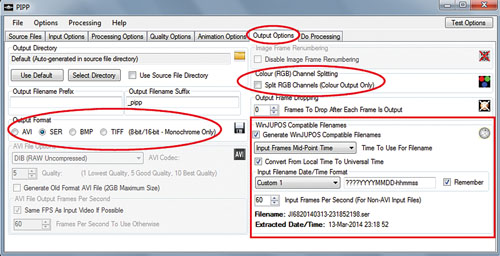
7. Processing Planetary Images
7.1. General image processing
7.2. Derotation techniques
7.3. Pre-processing
7.4. Processing the details
Notes: Chapter 7

8. Color Image Processing
8.1. The RGB method
8.2. Creating color from LRGB images
8.3. RGB or LRGB?
Notes: Chapter 8
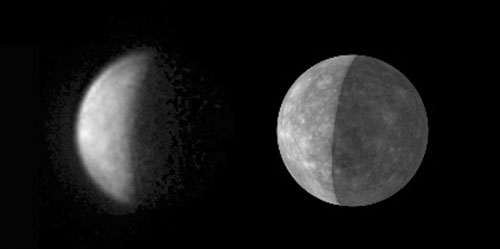
9. Mercury
9.1. Historical observations
9.2. Physical data for the planet
9.3. Observations and photography
9.4. Analysing the images
9.5. Conclusion
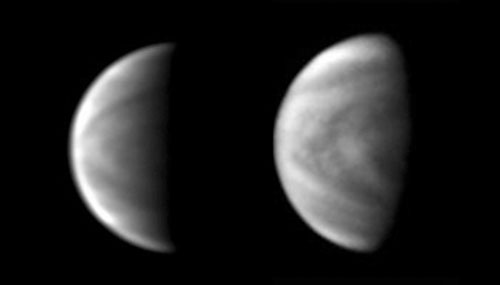
10. Venus
10.1. Historical observations: its elusive details
10.2. Physical data
10.3. Observing the planet
10.4. Visual observations
10.5. Imaging the planet
10.6. Conclusion
Notes: Chapter 10
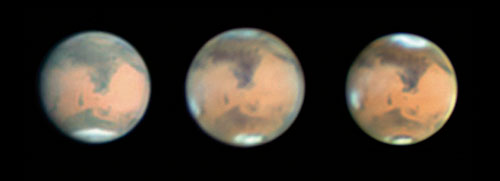
11. Mars
11.1. Aphelion, perihelion and the fifteen year cycle
11.2. Its surface: seas, deserts and volcanoes
11.3. Cycle of its ice caps and polar regions
11.4. Aphelion climate
11.5. The dust storm season
11.6. Observing and photographing Mars
11.7. The next Martian oppositions
Notes: Chapter 11
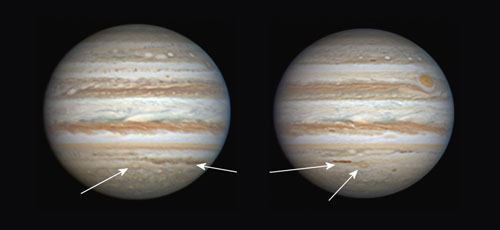
12. Jupiter
12.1. Understanding Jovian cloud movements
12.2. Its belts, zones and vortices
12.3. Activity observed in the main domains of the planet
12.4. Jupiter’s cycles of activity
12.5. Jupiter’s moons
12.6. Observations and photography
12.7. Annex: Jet-streams and winds
Notes: Chapter 12
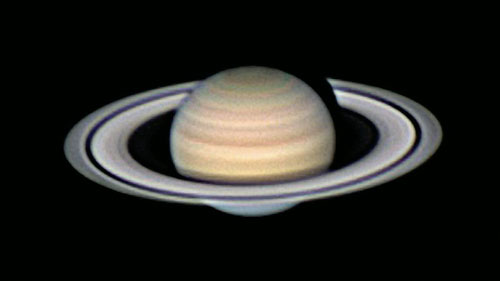
13. Saturn
13.1. Saturn’s atmosphere
13.2. Saturn’s activity
13.3. Seasonal effects on Saturn
13.4. Its Rings
13.5. Its moons
13.6. Observations and Photography
13.7. Conclusions
Notes: Chapter 13
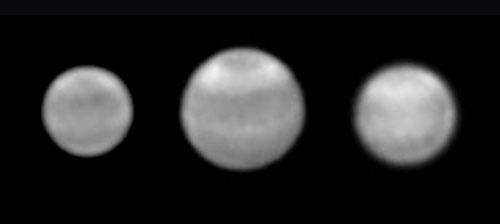
14. Uranus
14.1. Atmosphere of Uranus: belts & spots
14.2. Observing and photographing Uranus
Notes: Chapter 14
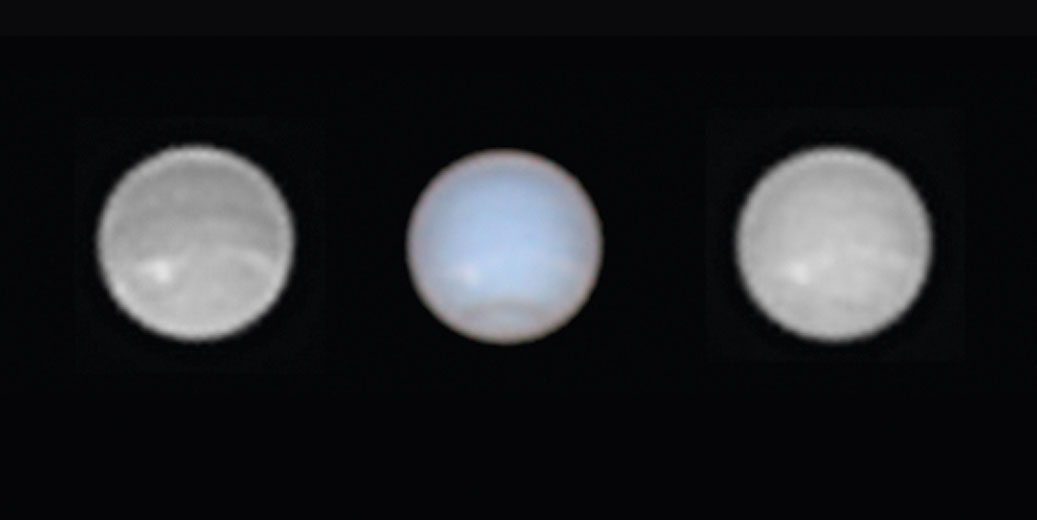
15. Neptune
15.1. Its very active atmosphere
15.2. Observing and photographing Neptune
Notes: Chapter 15
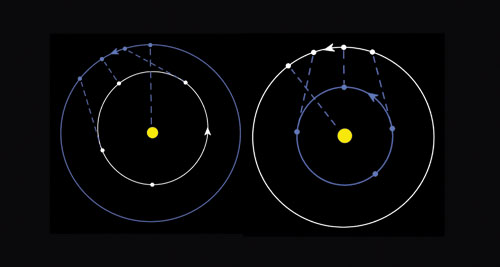
16. Ephemerides and planning observations
16.1. Orbital parameters
16.2. Orientation of the globes and ephemerides
16.3. Planning observations using ephemerides
Notes: Chapter 16
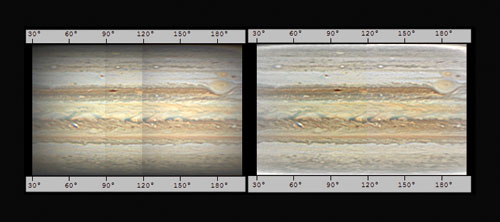
17. Data analysis tools
17.1. Measuring positions on planetary discs
17.2. Drift charts
17.3. Mapping tools
17.4 Animations
17.5. Photometry
17.6. Spectrometry
17.7. Databases
Notes: Chapter 17
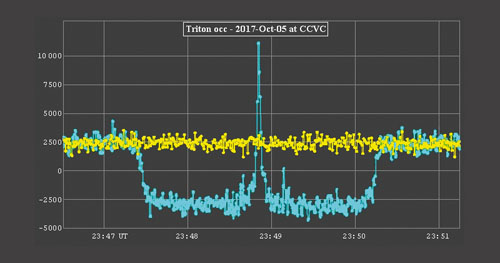
18. Observing projects
18.1. Observing planetary surfaces
18.2. Observing and monitoring planetary weather
18.3. Observing planetary satellites
18.4. Observing planetary occultations and eclipses
18.5. Conclusion

19. Collaborating with the professional community
19.1. Professional and amateur astronomy
19.2. Collaboration: on the observations
19.3. Collaboration: on processing and analysis of the observations
19.4. Conclusion
Notes: Chapter 19
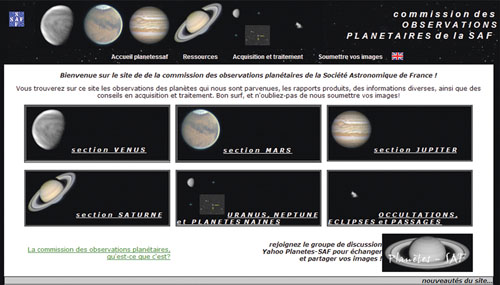
20. Amateur networks
20.1. Associations
20.2. Project specific organizations
